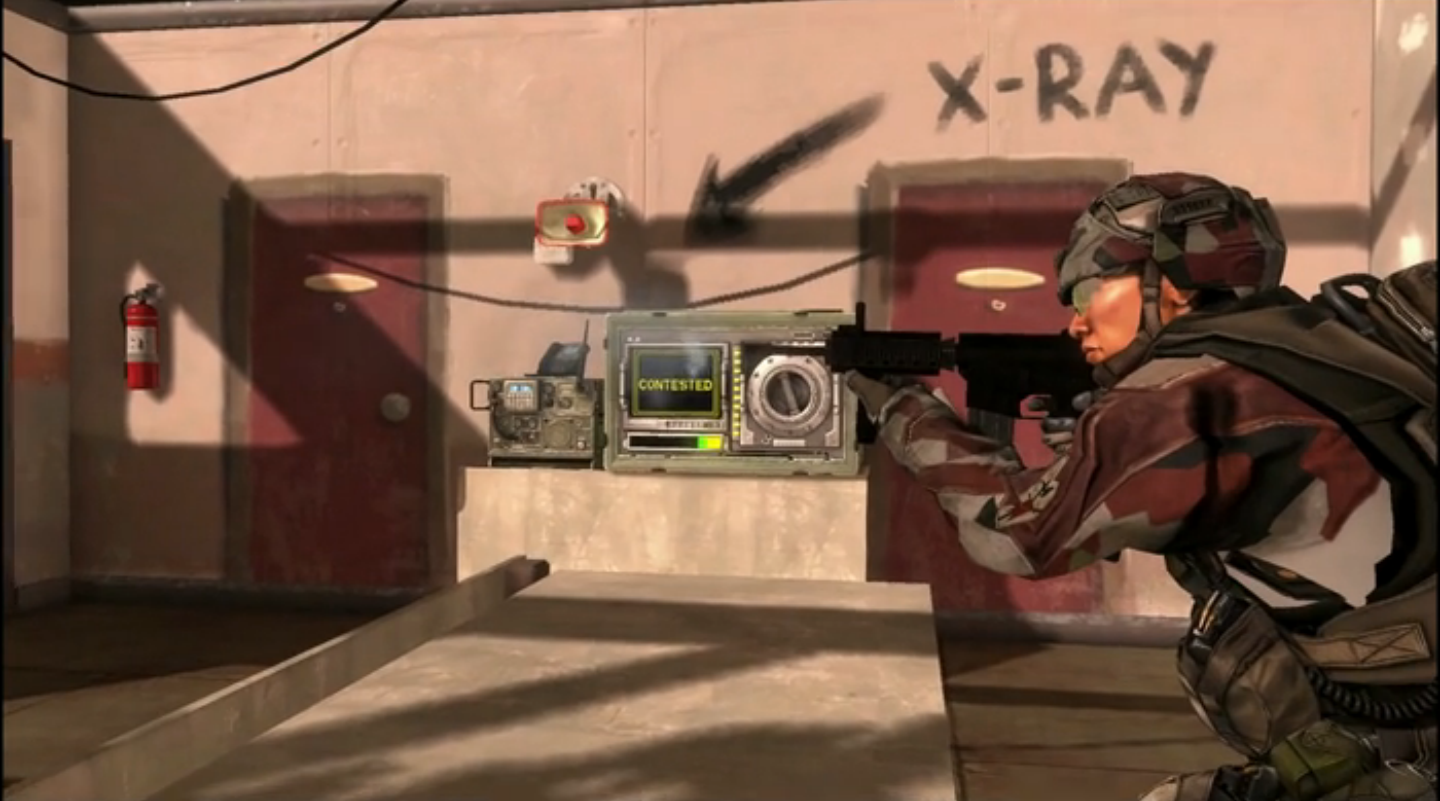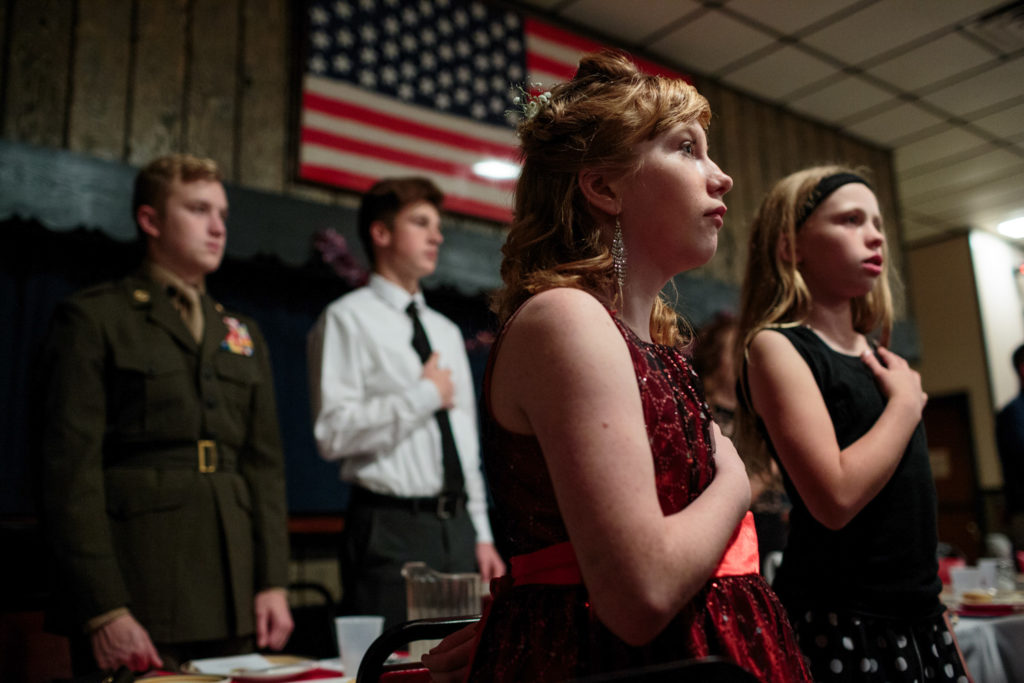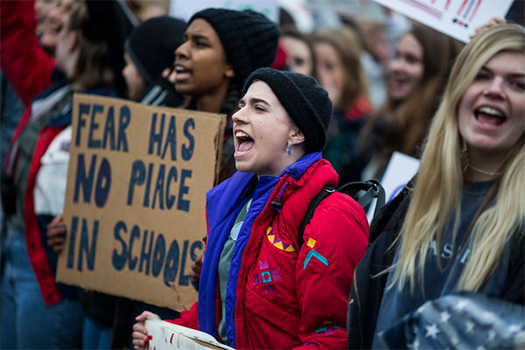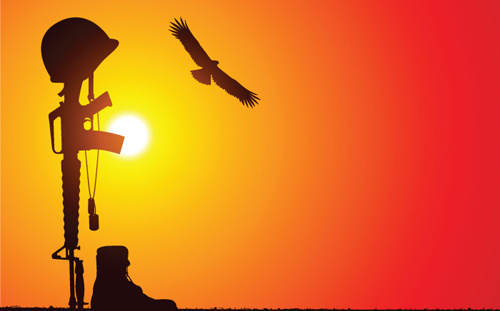A new book unfolds how the “military-entertainment complex” entices soldiers to war and treats them when they return
Hamza Shaban -
 According to popular discourse, video games are either the divine instrument of education’s future or the software of Satan himself, provoking young men to carry out all-too-real rampages. Much like discussions surrounding the Internet, debates on video games carry the vague, scattershot chatter that says too much about the medium (e.g. do video games cause violence?) without saying much at all about the particulars of games or gaming conventions (e.g. how can death be given more weight in first person shooters?).
According to popular discourse, video games are either the divine instrument of education’s future or the software of Satan himself, provoking young men to carry out all-too-real rampages. Much like discussions surrounding the Internet, debates on video games carry the vague, scattershot chatter that says too much about the medium (e.g. do video games cause violence?) without saying much at all about the particulars of games or gaming conventions (e.g. how can death be given more weight in first person shooters?).
As Atlantic contributor Ian Bogost argues in his book, How to Do Things with Video Games, we’ve assigned value to games as if they all contain the same logic and agenda. We assume, unfairly, that the entire medium of video games shares inherent properties more important and defining than all the different ways games are applied and played. The way out of this constrained conversation is to bore down into specifics, to tease out various technologies, and to un-generalize the medium. We get such an examination in War Play, Corey Mead’s important new study on the U.S. military’s official deployment of video games.
A professor of English at Baruch College CUNY, Mead has written a history, a book most interested in the machinations of military game development. But War Play, too, lays a solid foundation from which to launch more critical investigations—into soldier’s lives, into computerized combat, and into the most dynamic medium of our time.


 The military has an enormous budget for recruiting and pressuring school districts that limit recruiter visits….Vigilance is necessary. During the school year 2017-18 Truth in Recruitment (TIR) leadership and staff met with Santa Barbara Unified School District (SBUSD) school board members Ismael Ulloa, Wendi Sims-Mooten and Jackie Reid as well as Assistant Superintendent Shawn Carey on four separate occasions. We discussed implementation of the
The military has an enormous budget for recruiting and pressuring school districts that limit recruiter visits….Vigilance is necessary. During the school year 2017-18 Truth in Recruitment (TIR) leadership and staff met with Santa Barbara Unified School District (SBUSD) school board members Ismael Ulloa, Wendi Sims-Mooten and Jackie Reid as well as Assistant Superintendent Shawn Carey on four separate occasions. We discussed implementation of the  In June 2016, Congressional Democrats held a sit-in on the floor of the House of Representatives in an alleged effort to curb gun violence. While the move was largely commended by corporate media—even celebrated as a "civics lesson" for American schoolchildren in The Atlantic—,the legislation being fought for would have expanded the use of a notoriously inaccurate, racist and anti-Muslim "anti-terror" watchlist and done little to reduce violence (Richmond, 2016). This continues a long history of "gun control" policy in the U.S. that disproportionately incarcerates Black, Brown, and mentally disabled Americans by writing them as threats to safety and national security (Crenshaw, Ocen, & Nanda, 2015; Jilani, 2016; Coaston, 2016).
In June 2016, Congressional Democrats held a sit-in on the floor of the House of Representatives in an alleged effort to curb gun violence. While the move was largely commended by corporate media—even celebrated as a "civics lesson" for American schoolchildren in The Atlantic—,the legislation being fought for would have expanded the use of a notoriously inaccurate, racist and anti-Muslim "anti-terror" watchlist and done little to reduce violence (Richmond, 2016). This continues a long history of "gun control" policy in the U.S. that disproportionately incarcerates Black, Brown, and mentally disabled Americans by writing them as threats to safety and national security (Crenshaw, Ocen, & Nanda, 2015; Jilani, 2016; Coaston, 2016). 
 The first real
The first real  According to popular discourse, video games are either the divine instrument of education’s future or the software of Satan himself, provoking young men to carry out all-too-real rampages. Much like discussions surrounding the Internet, debates on video games carry the vague, scattershot chatter that says too much about the medium (e.g. do
According to popular discourse, video games are either the divine instrument of education’s future or the software of Satan himself, provoking young men to carry out all-too-real rampages. Much like discussions surrounding the Internet, debates on video games carry the vague, scattershot chatter that says too much about the medium (e.g. do  The country of Ghanzia is embroiled in a civil war. As a soldier in America’s Army, your job is to do everything from protect U.S. military convoys against AK-47-wielding attackers to sneak up on a mountain observatory where arms dealers are hiding out. It is a tough and dangerous tour of duty that requires dedication, focus, and a bit of luck. Fortunately, if you get hit by a bullet and bleed to death, you can reboot your computer and sign on under a new name.
The country of Ghanzia is embroiled in a civil war. As a soldier in America’s Army, your job is to do everything from protect U.S. military convoys against AK-47-wielding attackers to sneak up on a mountain observatory where arms dealers are hiding out. It is a tough and dangerous tour of duty that requires dedication, focus, and a bit of luck. Fortunately, if you get hit by a bullet and bleed to death, you can reboot your computer and sign on under a new name.